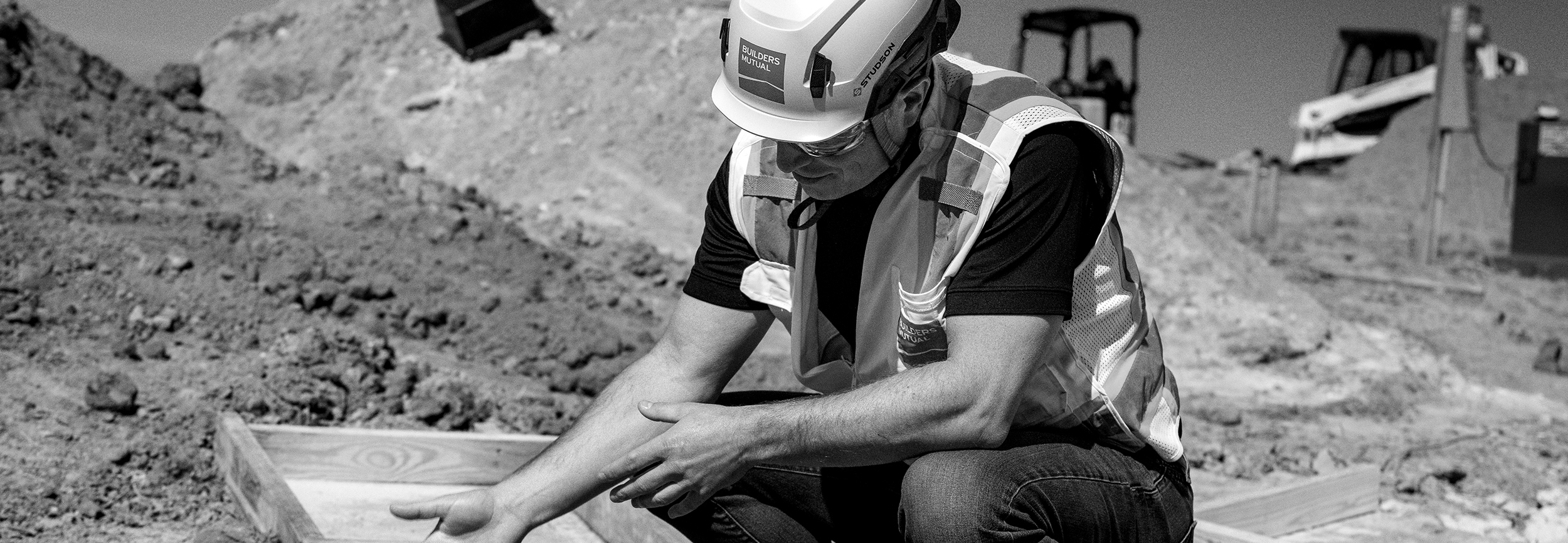With the current labor shortage crisis, it is more important than ever to retain the employees—and subcontractors—you have. You know them. You trust them. So, what actions are necessary to keep them with you for the long run? Michele Hemric, assistant vice president of human resources and organizational effectiveness at Builders Mutual, along with Gary Embler, chief financial officer of Niblock Homes in North Carolina, will provide valuable insights on this topic for today’s general contractors.
Often, the first thing people think of in terms of employee retention is the salary and benefits package. While it is important to offer competitive pay for each position on the job-site and behind the scenes, the key for keeping good employees—regardless of industry—is creating a positive company culture. Employees want to feel valued beyond their paycheck, and it’s up to companies of all sizes to understand what this means and what it takes.
-
- Care about your employees. There’s an old saying that goes, “No one will care what you know until they know that you care.” When your team members trust that you care about them personally and are genuinely concerned about how they do their job, they will want to work hard on your behalf. Here, smaller companies have a big advantage, because GCs have the opportunity to get to know their people really well and understand their respective capabilities.
This takes time. Ask team members how they are best motivated and how they like to be rewarded. When you do—and act on it—loyalty will go through the roof. It could be as simple as bringing in coffee or extra Gatorade and as substantial as ensuring proper safety equipment. When people feel valued, they work harder and listen better.
-
- Foster collaboration. Synergy isn’t just a word for business-success posters. It’s real, and it comes to life when teams rely on one another’s expertise for the best possible project outcomes. From estimating and purchasing to framing and finishing, discuss what’s happening on the project and be open to collaboration.
Collaboration fosters positive culture. But when someone is managing a job and doesn’t feel like he or she can provide input for change, a culture divide is created. It’s imperative to listen, share ideas, and allow coworkers to do their jobs well.
-
- Open lines of communication. Every job on the project is difficult. And though there are unknowns and aspects outside of the team’s control, it is possible to streamline processes and stay proactive with open communication. Make things schedule-ready across each step. You may not be able to control the market or weather conditions, but you can react well to them through solid team planning.
It’s also important to communicate post-project. Talk with the group about what went well and what could have been done better. Be open to framing this dialogue in a way that expresses “let’s find ways to do this more efficiently” and not “you messed up, so you’re fired.” Once an issue is resolved, determine whether there is a system or design that can be implemented to keep it from becoming a repetitive problem.
-
- Don’t wait for an exit interview. When an employee decides to leave, employers want to know why. But these exit-interview conversations need to happen on a regular basis—before it’s too late. For example, ask current employees what would make them want to leave. Is it flexibility? Money? Growth opportunity? Your team members want to be heard. These can be hard conversations, but you’ll get feedback about people and process that will, ultimately, improve the success of the employees and your company.
-
- Celebrate the wins. This is a stressful industry with plenty of daily curveballs. But the sense of achievement and progress never gets old, whether it’s with framing, sheetrock, sod, or handing over the keys. This joy is inherent to people in our industry, so share these wins with your team. From a pat on the back to a celebratory lunch, it’s all about that we-did-it moment.
Every one of us is in competition for the existing labor force, and the same culture that retains good employees will also attract them. So, these principles can go a long way to confronting the labor shortage head-on.
What’s the bottom line? Be intentional about creating a positive culture with the tactics described above. But don’t forget the basics. Keep your sites clean, safe, and job-ready—and you can never overplan or overschedule. Then, just like on the job-site, you’ll set a solid foundation and build up to success from there.




 Find an
Find an